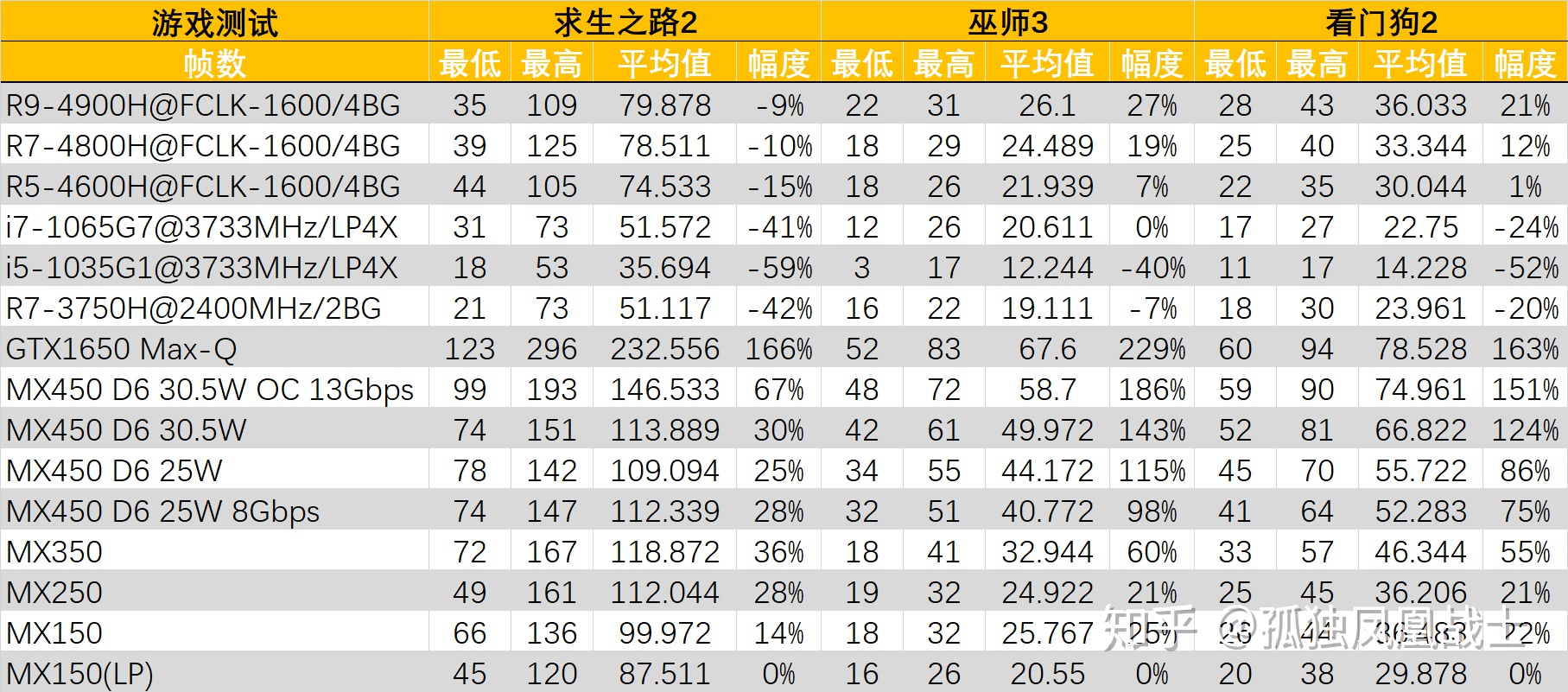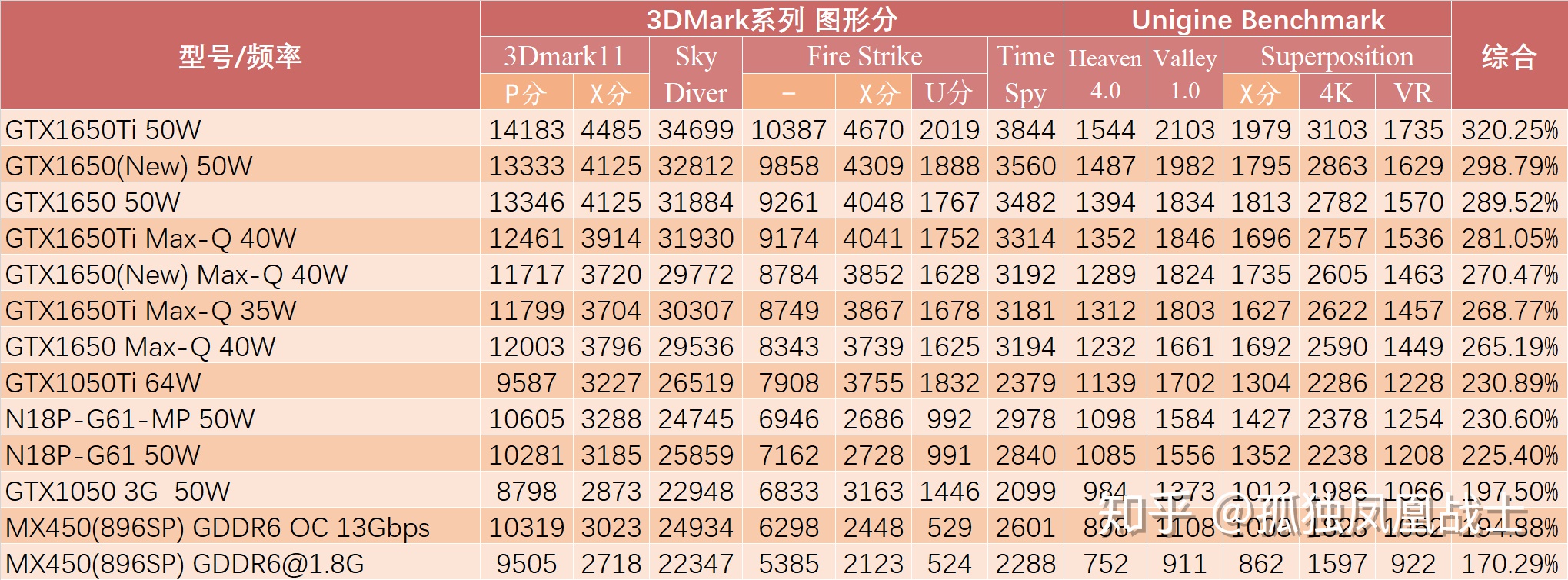GeForce MX450 Is 33 Percent Faster Than MX350, Closes in on GTX 1050 Mobile Performance
Nvidia's MX series of GPUs aren't known for their incredible performance or gaming prowess. However, according to an article at Zhulanlan.zhihu, that could change - According to the site's testing, Nvidia's new MX450 GPU is a whopping 33% faster than the previous-gen MX350.
We don't know much about the MX450's actual silicon, but it's presumed to use the Turing architecture, TU117 specifically, which is the same core used by the GTX 1650/Ti mobile SKU. The core features 896 shader cores and 16 ROPs (half of what the GTX 1650 offers). Surprisingly, it's officially PCIe 4.0 compatible, possibly making it the only Turing GPU to enable Gen 4.0 support.
There are three variants of the MX450, a low profile, standard, and "top version." Each version is designed for different form factors; the "top version" uses the same design as the GTX 1650 and is designed for normal-sized gaming laptops, while the "standard" version is more compact for use in regular notebooks and ultralight devices. Finally, the low profile model is specialized for the thinnest devices that can house a discrete GPU.
The "top version" and "low profile" variants are only GDDR6-compatible with speeds up to 10Gbps. The standard model can come with GDDR5 or GDDR6 configurations, while the GDDR5 models are rated for an 8Gbps transfer speed. Memory Bus width is 64-bits, but there's no word yet on VRAM capacity.

Nvidia's GeForce MX Lineup

Benchmarks of Witcher 3 at Medium Quality 1080P

Synthetic Benchmarks
The highest-performing MX450 with 10Gbps of GDDR6 and a 28-30W TDP gets close to the GTX 1050 3GB mobile SKU in performance. Zhuanlan also tested overclocking the memory from 10Gbps to 13Gbps, which helped the MX450 reach GTX 1050 Ti-levels of performance in some situations.
Overall the MX450 is an excellent upgrade over the previous MX350. It would be nice if it had more memory bandwidth to get performance close to the 16 series, but it's perfectly fine for the target audience. This GPU is designed to be much faster than integrated graphics, and at the same time, have a very small footprint, and appears to deliver on that goal.
Get Tom's Hardware's best news and in-depth reviews, straight to your inbox.

Aaron Klotz is a contributing writer for Tom’s Hardware, covering news related to computer hardware such as CPUs, and graphics cards.
-
nofanneeded I thought that Intel integrated Iris XE killed these kinds of low voltage GPU for notebooks?Reply -
spentshells Reply
They won't leave on their own they will have to be pushed out.nofanneeded said:I thought that Intel integrated Iris XE killed these kinds of low voltage GPU for notebooks? -
TechyInAZ It's going to take a LOT to get rid of the Nvidia MX GPUs, IGPs are limited to slow RAM vs the MX GPUs which still run on proper fast GDDR memory.Reply -
nofanneeded ReplyTechyInAZ said:It's going to take a LOT to get rid of the Nvidia MX GPUs, IGPs are limited to slow RAM vs the MX GPUs which still run on proper fast GDDR memory.
slow ram of fast ram does not matter , what matters is benchmarks at the end. -
TechyInAZ Replynofanneeded said:slow ram of fast ram does not matter , what matters is benchmarks at the end.
Good point, but generally having slower memory really hampers GPU performance, you need to make that performance up with a ton of extra cores.
However, I'm genuinely curious to see what Intel's next-gen Iris graphics will do. I believe they could possibly match MX450 performance.